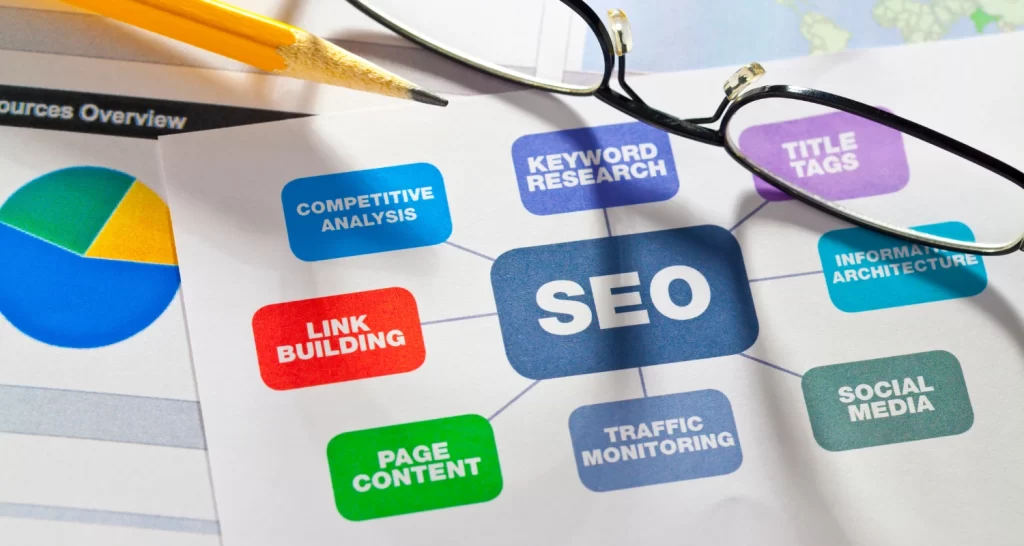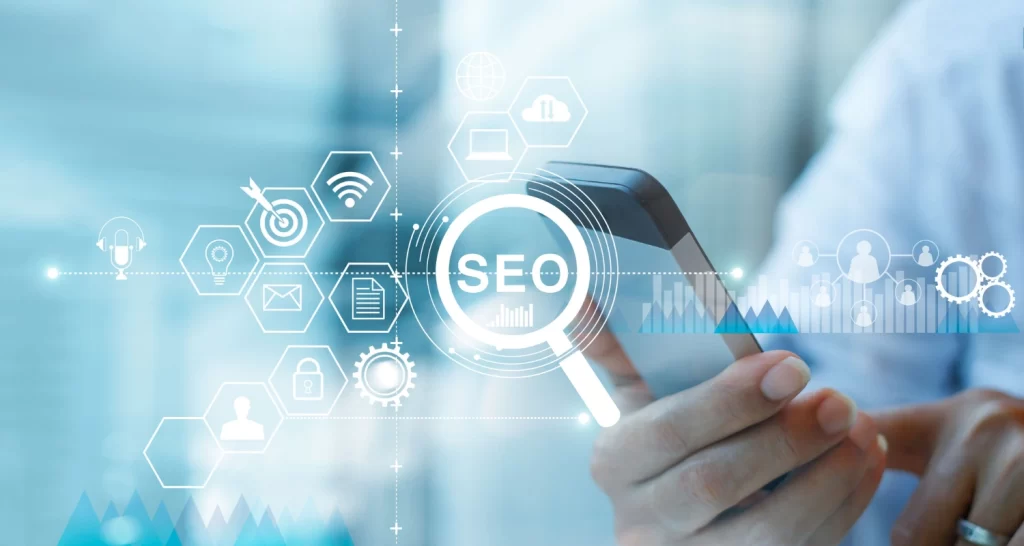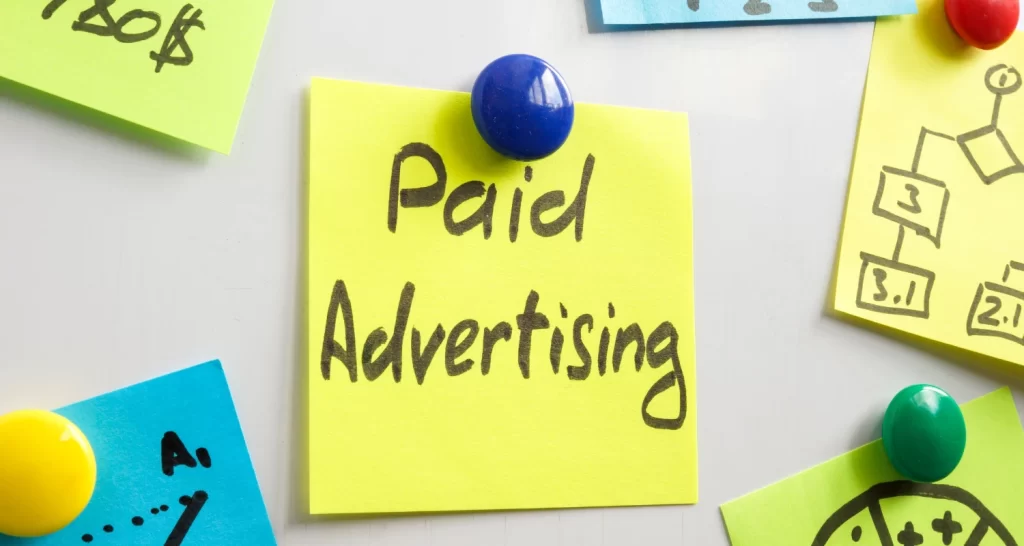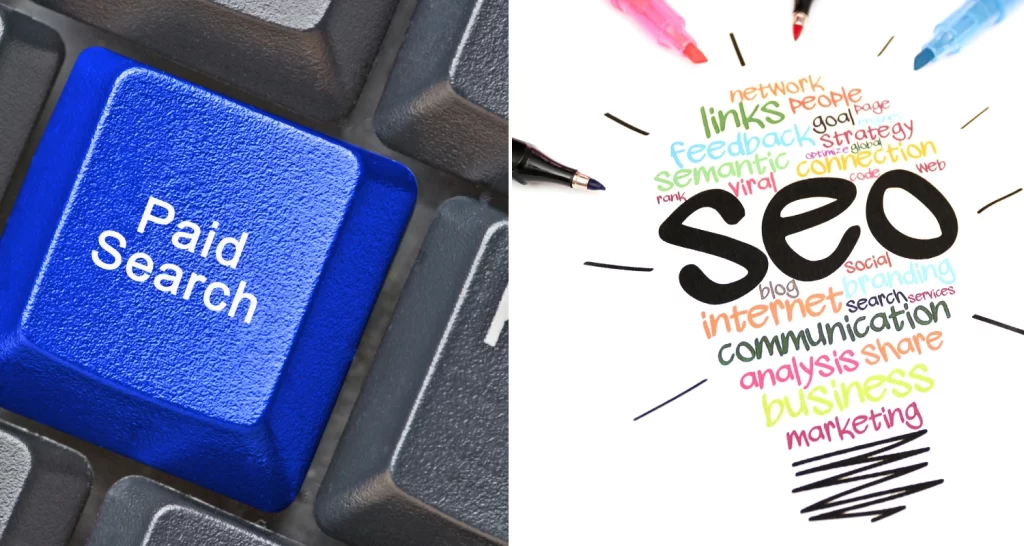
Scaling Your eCommerce Brand in the US: SEO vs. Paid Ads – Which Works Best?
Did you know that the US eCommerce sales are predicted to reach $1.29 trillion by 2025? That further reiterates the need for brands to create a distinctive space for themselves in this ever-competitive market. To drive traffic and sales, businesses need to leverage both organic and paid marketing strategies.

Amongst the diverse range of tools, brands can invest in Search Engine Optimization (SEO) and Paid Ads. While SEO offers long-term sustainable growth, paid ads provide instant visibility. So, how do you choose the right approach for your eCommerce brand? In this article, we’ll dive into each strategy’s strengths and weaknesses to help you scale your business in the US.
1. Understanding SEO for eCommerce

SEO, or Search Engine Optimization, is the practice of optimizing your website so that it ranks higher on search engine results pages (SERPs) for relevant keywords. When a user types in a query related to your product or service, SEO ensures that your website appears near the top of the results, making it easier for potential customers to find you.
Key Components of SEO:
- Keyword Research: The process of identifying the search terms and phrases that potential customers are using to find products like yours.
- On-page Optimization: Involves optimizing the content, meta tags, headers, images, and URLs to make them more search-engine-friendly.
- Technical SEO: Ensuring your website is technically optimized, with fast load times, mobile-friendliness, and a clean site structure.
- Link Building: Acquiring backlinks from authoritative websites, which signals to search engines that your site is trustworthy.
- Content Creation: Regularly publishing valuable, relevant content that not only attracts users but also encourages them to engage with your brand.
Voice Search Optimization:

With the rise of smart speakers and voice search, optimizing your eCommerce website for voice search is an increasingly important aspect of SEO. Voice searches often have a more conversational tone, and targeting long-tail keywords can make a big difference in your rankings.
Benefits of SEO for eCommerce:
SEO is a continuous process that can provide numerous benefits for an eCommerce brand. Below are mentioned four such benefits:
- Long-Term Traffic: SEO is a long-term strategy that can yield sustainable, organic traffic over time. Once you rank well for certain keywords, you can maintain those rankings with relatively less ongoing effort compared to paid ads.
- Credibility and Trust: Customers trust organic search results more than paid ads. Appearing at the top of search engine results for relevant keywords gives your brand credibility.
- Cost-Effective: While SEO requires an initial investment in terms of time, effort, and resources, it can be more cost-effective over time compared to continuous ad spend. Once your website is optimized and ranking, you don’t have to pay for clicks or impressions.
- Higher Click-Through Rates (CTR): Organic listings typically have a higher CTR than paid ads, especially if your brand appears at the top of search results.
For example, UNIQLO, a Japanese fashion brand, achieved 141% of revenue growth through SEO with 65% CTR.
Local SEO:
For eCommerce brands targeting local markets in the US, optimizing for local search is essential. Local SEO Services help you attract nearby customers who are searching for products or services you offer, leading to more foot traffic (if applicable) or localized online sales.
Challenges of SEO:
SEO isn’t just about small fixes, it is an important task that needs patience and understanding of SERP. Below are mentioned three challenges you might face while doing SEO:
- Time-Consuming: SEO is not a quick-fix solution. It can take several months to see meaningful results, especially if you’re entering a competitive market.
- Requires Expertise: Implementing SEO best practices effectively requires a deep understanding of search engine algorithms and the latest trends.
- Constant Updates: SEO is constantly evolving, as search engines like Google update their algorithms regularly. Keeping up with these changes can be a challenge for businesses that lack in-house expertise.
2. Understanding Paid Ads for eCommerce

Paid advertising is the practice of paying to place your brand’s ads on search engines, social media platforms, or other websites. The most common forms of paid ads for eCommerce include Google Ads (PPC), Facebook/Instagram Ads, and display network ads. In contrast to SEO, which relies on organic ranking, paid ads allow you to get immediate visibility on search engines or other platforms.
Key Components of Paid Ads:
Paid aids are a quick way to increase visibility. It includes four four major components that are listed below:
- Pay-Per-Click (PPC): You pay for each click on your ad, typically used in search engine advertising like Google Ads.
- Display Ads: Visual ads shown on other websites or across social media platforms.
- Social Media Ads: Advertising on platforms like Facebook, Instagram, and TikTok, targeting specific demographics, interests, and behaviors.
- Retargeting: Displaying ads to users who have previously visited your site but did not convert, encouraging them to return and complete their purchase.
Dynamic Product Ads:
Dynamic Product Ads (DPAs) allow you to retarget customers who have interacted with your products by showing them the exact products they viewed or added to their cart. This personalization increases the likelihood of conversion by keeping your brand and products top of mind.
Benefits of Paid Ads for eCommerce:
Paid aids are a simple strategy to gain visibility quickly and rank at the top. Below are mentioned four benefits of paid ads for eCommerce
- Instant Visibility: The most significant advantage of paid ads is the immediate visibility they provide. As soon as your ads are live, they can start driving traffic to your website.
- Targeted Traffic: Paid ads allow for highly targeted advertising, meaning you can reach specific demographics, interests, and locations. This is especially helpful for eCommerce brands looking to connect with a niche audience.
- Scalability: With paid ads, you can scale your efforts quickly by increasing your budget or expanding to new platforms.
- Control and Customization: You have complete control over your ad messaging, budget, and targeting. This allows for better optimization and the ability to adjust your strategy in real-time based on performance.
For example, Muvazo, a Delhi-based athleisure wear brand for women and men achieved 83.7% sales growth through paid ads.
A/B Testing for Ads:
Paid ads allow for robust A/B testing, meaning you can test different versions of your ads, landing pages, or calls to action to see which generates the best results. Constant optimization through A/B testing helps improve your campaigns’ performance and ROI.
Challenges of Paid Ads:
Though paid ads are a quick way to gain visibility it does have some challenges that make the process a little complex. Below are mentioned three challenges of paid ads:
- Ongoing Costs: Paid ads require continuous investment. Once you stop paying, the traffic stops coming. This means that there is no long-term value generated from paid ads unless you continue funding them.
- Ad Fatigue: Over time, ads can become less effective if not optimized or refreshed. Users may begin ignoring repetitive ads, which means you need to constantly test and update your campaigns.
- Competition and Bidding Wars: In competitive industries, especially within eCommerce, the cost-per-click (CPC) can be high, making it more expensive to compete for top ad placements.
Which Works Best for Scaling Your eCommerce Brand?

Both SEO and paid ads can be effective for scaling your eCommerce business in the US, but each serves a different purpose and caters to different business needs.
– The Hybrid Approach: SEO and Paid Ads Together
Rather than choosing one over the other, many successful eCommerce brands use a hybrid approach that incorporates both SEO and Paid Ads. For instance, you can use SEO to build long-term authority and paid ads to drive quick traffic and conversions. This balance allows you to have the best of both worlds and mitigate the weaknesses of relying on one method alone.
SEO brings in high-intent organic traffic, but not every visitor converts on the first visit. That’s where the synergy of SEO and Paid ads really shines. By combining both strategies, you can retarget the high-quality traffic that SEO brings in through tailored paid ad campaigns.
Think of it this way — your blog or optimized landing page attracts users actively searching for your product or service. Even if they leave without converting, you don’t lose them. With retargeting ads, you stay top-of-mind, re-engage them on social media or search platforms, and guide them back when they’re ready to buy.
SEO brings them in. Paid Ads close the deal.
SEO: Best for Long-Term Growth
SEO is ideal if you’re looking for long-term, sustainable growth and want to build a solid foundation for your brand’s online presence. It’s a great option for businesses that are willing to invest time and resources into optimizing their website and creating high-quality content. SEO also works well if you’re looking to build brand authority and earn organic, free traffic over time.
Paid Ads: Best for Immediate Results
Paid ads are best if you need immediate visibility and want to generate quick traffic and sales. If you’re launching a new product, running a seasonal promotion, or targeting a specific audience that’s ready to make a purchase, paid ads can be highly effective. Paid ads are also great for driving targeted traffic, retargeting previous visitors, and scaling your efforts quickly.
The Power of Combining SEO and Paid Ads
While both SEO and Paid Ads have their advantages, the best strategy for scaling your eCommerce brand often involves combining both approaches. Here’s how they complement each other:
- Paid Ads for Quick Wins: Use paid ads to drive immediate traffic, test new products, or push promotions while you build your SEO efforts.
- SEO for Long-Term Stability: Over time, as your SEO strategy takes shape, you can gradually reduce your reliance on paid ads and let your organic traffic take the lead.
- Data-Driven Decisions: Paid ads provide valuable data on which keywords, products, and audiences are converting. This data can inform your SEO strategy, allowing you to target the most relevant keywords.
Leveraging SEO Data for Paid Ad Success

By analyzing SEO data, you can identify high-performing keywords that drive organic traffic. Use these insights to optimize your paid ad campaigns and ensure that you’re bidding on keywords that are already performing well.
Elevate your eCommerce Brand with Cybez
Cybez is a leading digital marketing agency that specializes in helping eCommerce brands scale and succeed in the competitive US market. We offer expert solutions in Search Engine Optimization (SEO) and Paid Ads, tailoring strategies to meet your business goals, budget, and timeline.
Whether you’re looking for long-term organic growth or immediate visibility through paid advertising, Cybez combines both approaches to maximize reach, drive sales, and ensure sustainable success. Ready to elevate your eCommerce brand? Contact us today to craft a customized marketing plan for your business!

